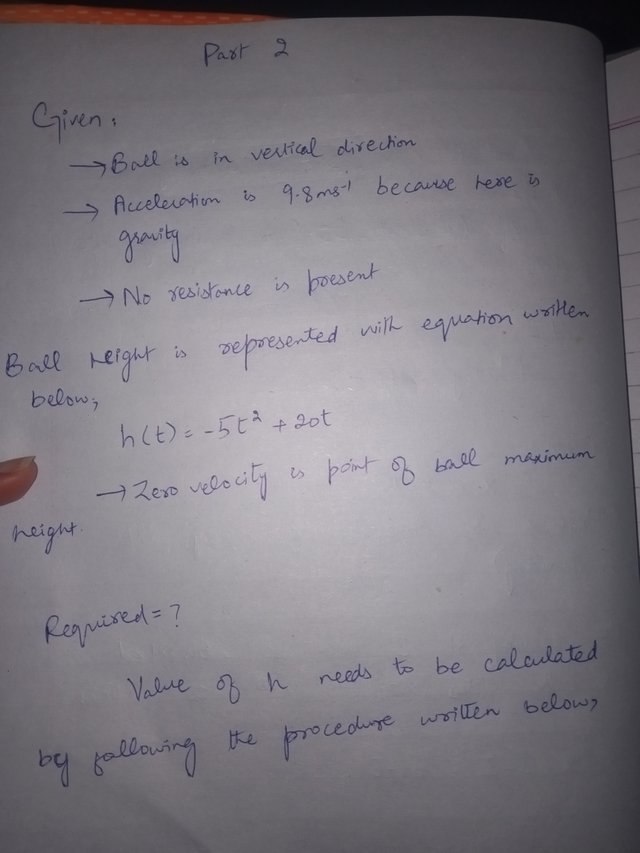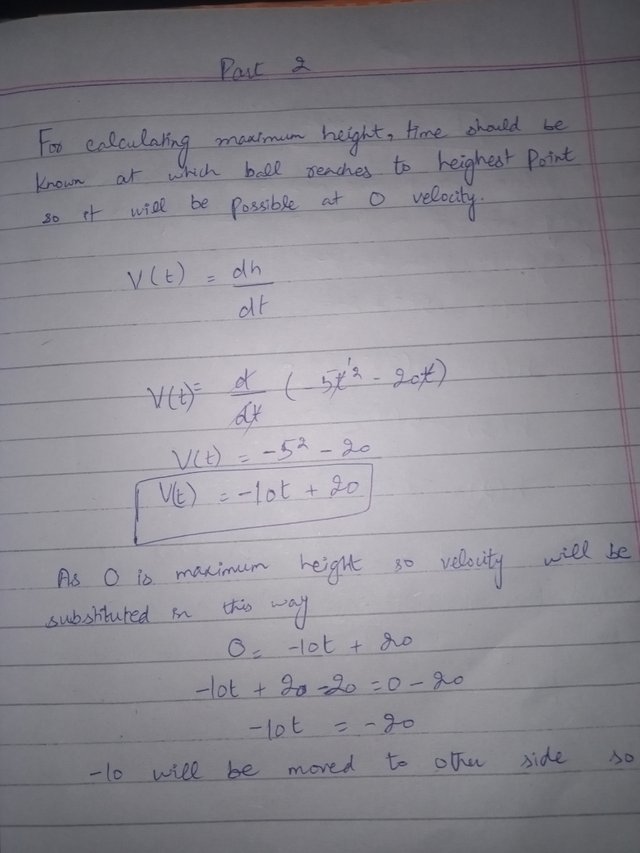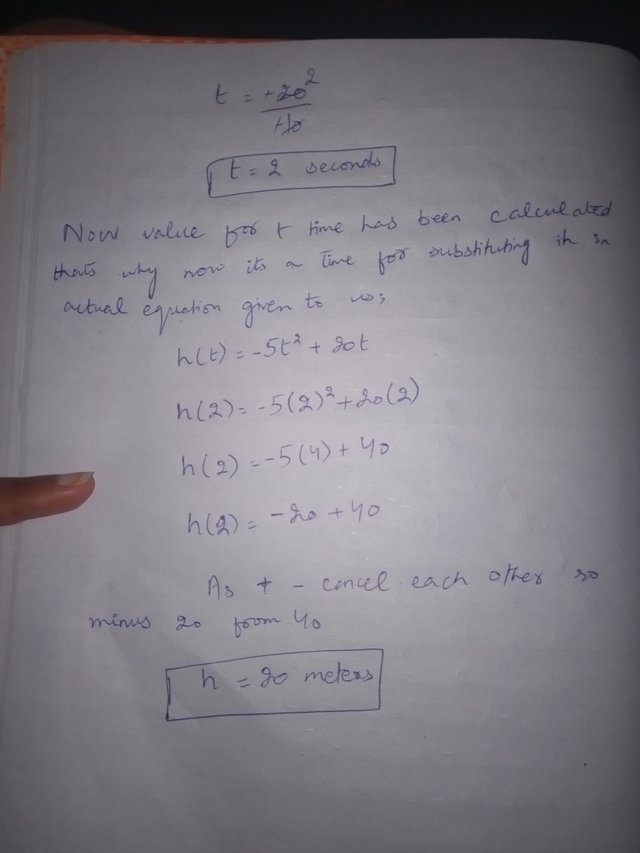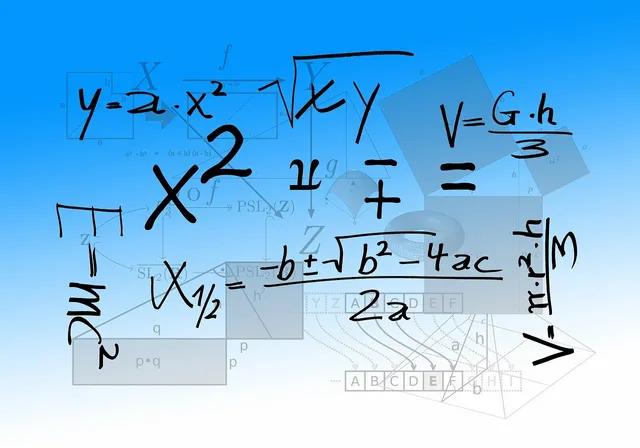SLC S22W4||Linear and quadratic equations
Linear and quadratic equations are most significant concepts in field of algebra so they have differences in form of their degree,their general form as well as in their graphical representation and many more so let's have a look at them one by one.
| Linear equations |
|---|
Linear equations are those which are having a degree of 1 so it means that their highest power is 1 in case of variable which is x mostly.General form of linear equation can be written as follows;
ax + by = c
In the above linear equation a, b and c are constants but x and y can change that's why these are variables....
2x + 3y = 5
Above is an algebric example in which x and y are variables as they can alter and 2, 3 and 5 are not changeable so these are constants.Linear equations may be represented as straight lines at coordinate plane in their graphical presentation.
Practical example of linear equation can be taken as follows;
Suppose there is a car rented so it's 40$ cost is fixed so 40$(Fixed cost)+$20(for each hour).If you have to write equation for car rented for x hours then total cost may be represented by linear equation as 20x+40.
| Graphical presentation |
|---|
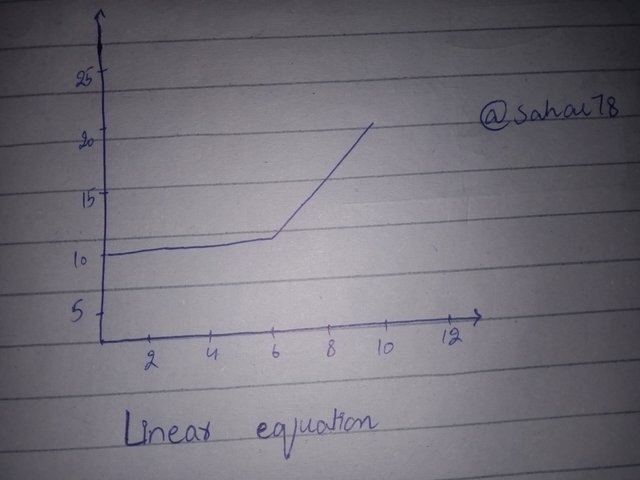
| Quadratic equations |
|---|
Quadratic equations re those having degree of 2 so it means 2 will be highest variable power in this case.General form of quadratic equation may be written as follows;
ax^2 + bx + c = 0
Here a, b and c are constants and again x is a variable present in this quadratic equation.
Algebric example can be written as;
x^2 + 4x - 3 = 0
Here x can vary so it's a variable and 1, 4 and -3 are not able to change so these are constants.These may be represented at coordinate plane in form of parabolas.
Practical example may be written as;
Suppose a ball has been thrown in upward direction from ground and height of ball after x second is h=-4x^2+20x+0 so suppose that 4x^2 is resistance of air.
| Graphical presentation |
|---|
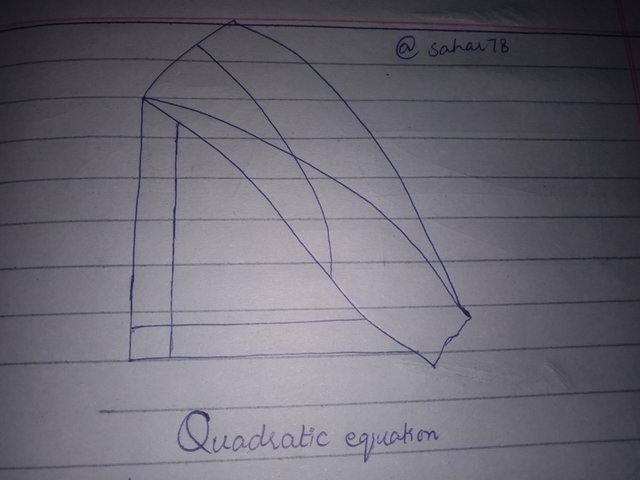
| Difference | Linear equation | Quadratic equation |
|---|---|---|
| Degree | 1 | 2 |
| General form | ax+by=c | ax^2+bx+c=0 |
| Graph | Straight line | Parabola |
| Solution | One solution | Two solution |
| Method 1: Factoring |
|---|
Factoring is defined as expression of quadratic equation as product of two binomials together and then providing a solution for variable.
x^2 + 5x + 6 = 0 may be factorized as (x + 3)(x + 2) = 0.
| Pros | Cons |
|---|---|
| Precise,Simpler, straightforward | Restricted in solutions and limited to quadratic equation |
| Quadratic equation may be solved out with integer root | Don't suitable for equations which are with irrational roots |
| Method 2: Quadratic formula |
|---|
Quadratic formula is another significant method used for solving quadratic equations of form ax^2 + bx + c = 0.
Below is a formula used for solving quadratic equation;
x = (-b ± √(b^2 - 4ac)) / 2a
x^2 + 4x - 3 = 0 may be solved by use of quadratic formula.
| Pros | Cons |
|---|---|
| May be used for solving any kind of quadratic equation | May be complicated in its implementation |
| Provide precise solutions for irrational roots | Included those algorithms which are complicated. |
It's step by step solution is in picture shared below:
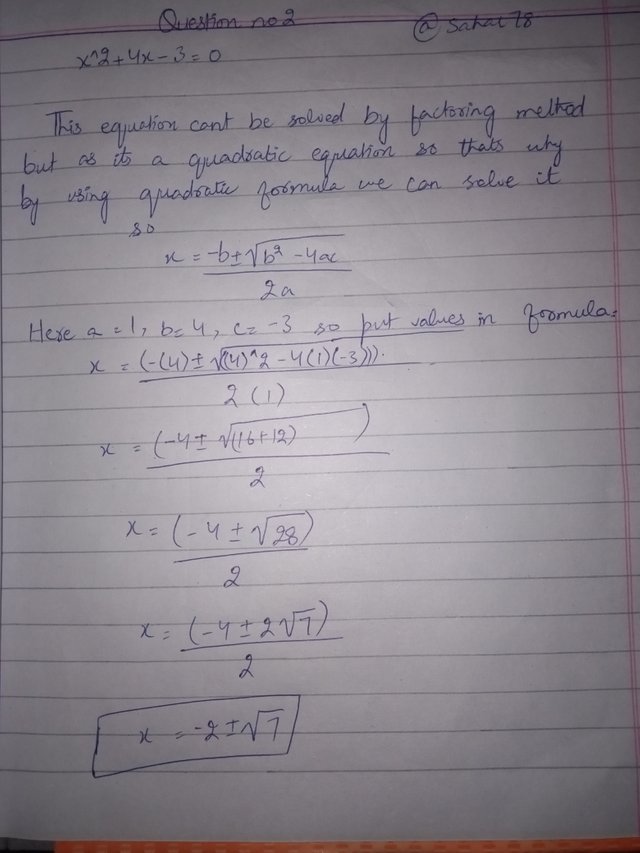
| Method 3: Graphing |
|---|
Graphing is another important method to plot quadratic equation at coordinate plane and to find out x-intercepts.
x^2 + 4x - 3 = 0 may be graphed for finding out x-intercepts.
| Pros | Cons |
|---|---|
| Helpful in solutions identification with visual presentation | Exact solutions can't be extracted |
| Used for solutions estimation | Restricted to quadratic equations as these are easy for graphing. |
It's step by step solution is in picture shared below:
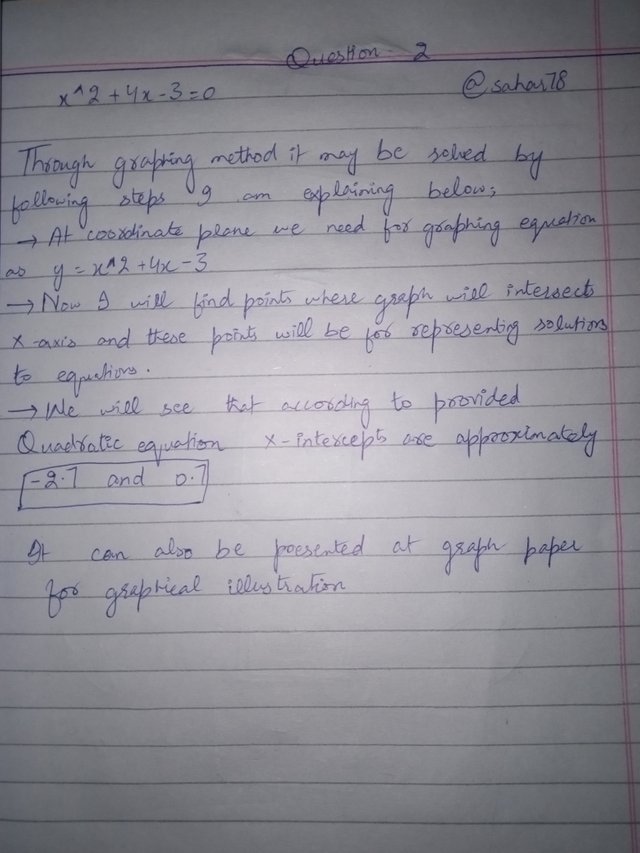
| Part 1 for solving linear equation |
|---|
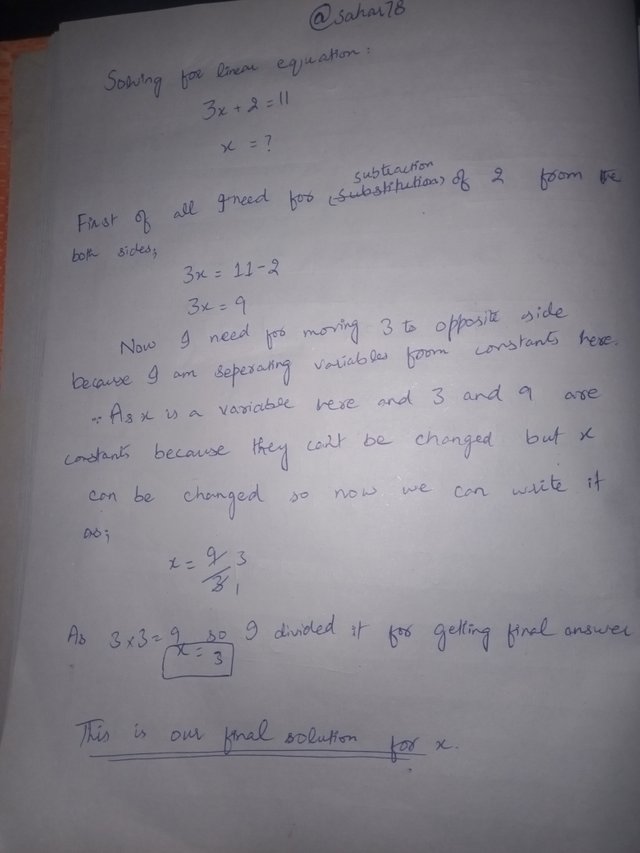
| Part 2 for solving quadratic equation |
|---|
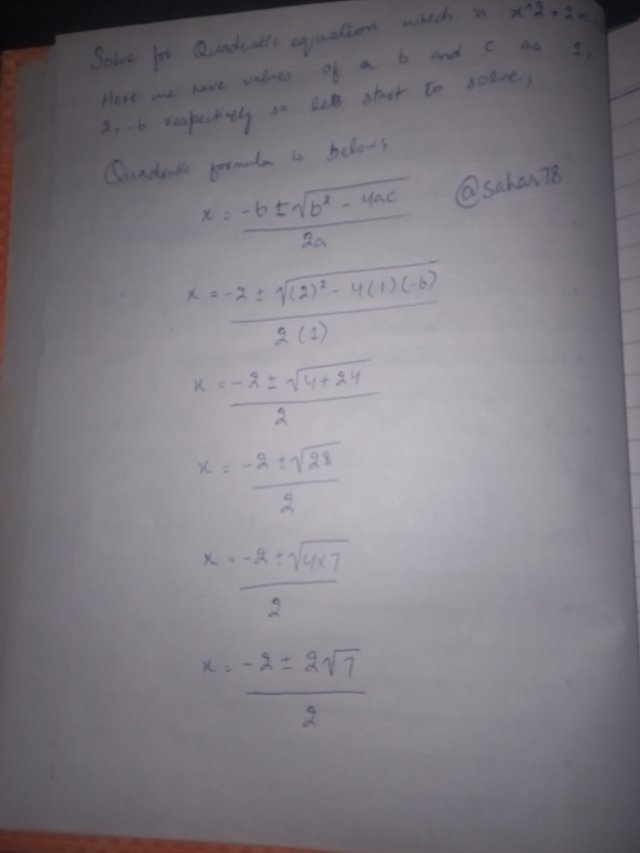
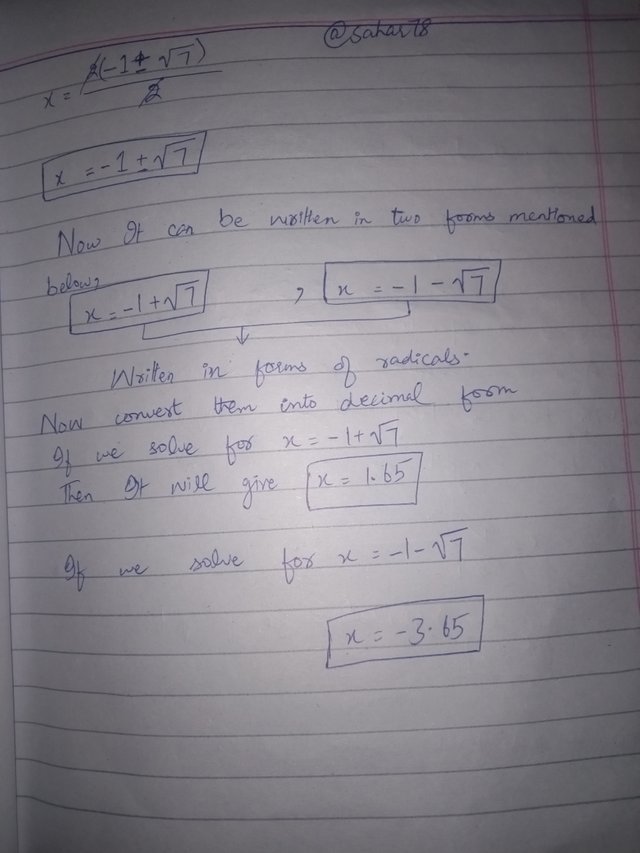
| Graphical presentation |
|---|
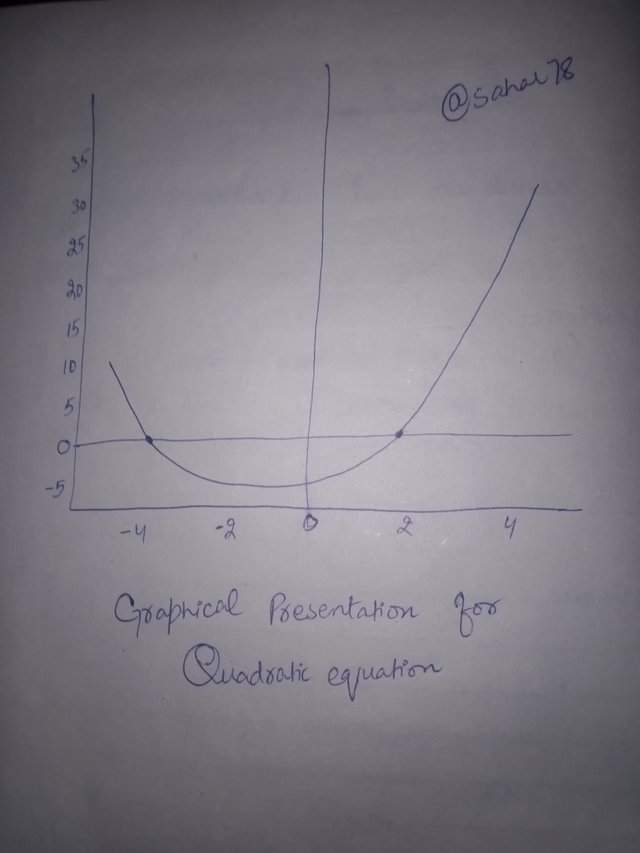
| Part 1 for getting value of x |
|---|
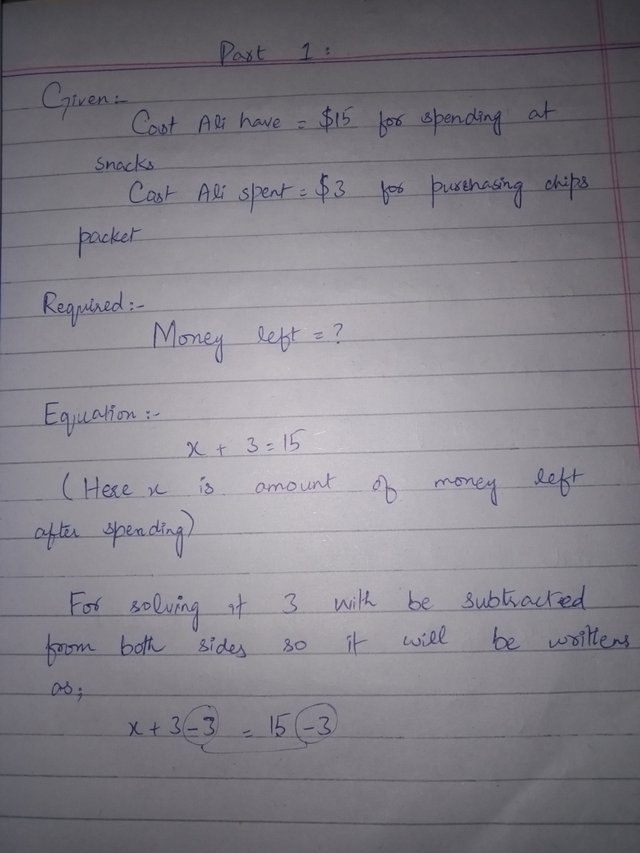
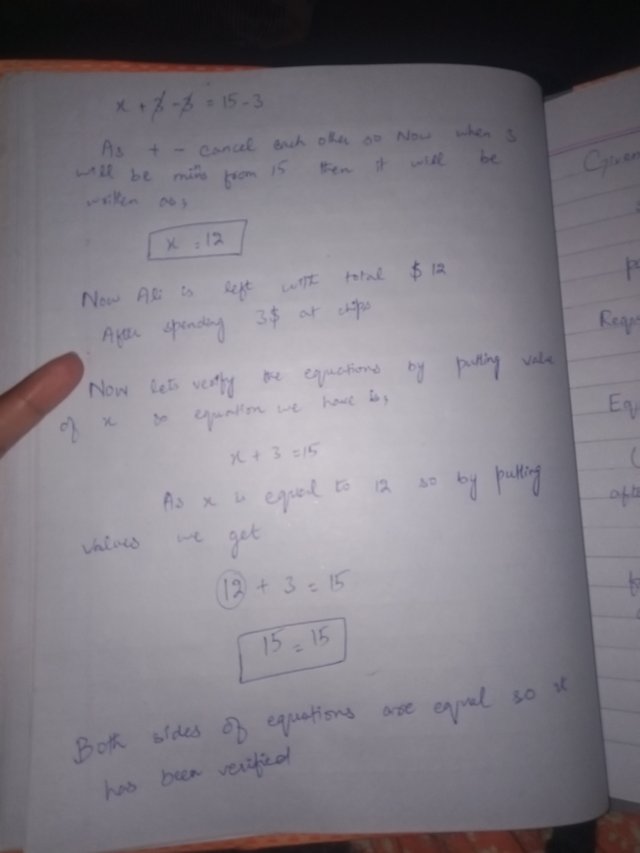
| Part 2 for getting value of h |
|---|
